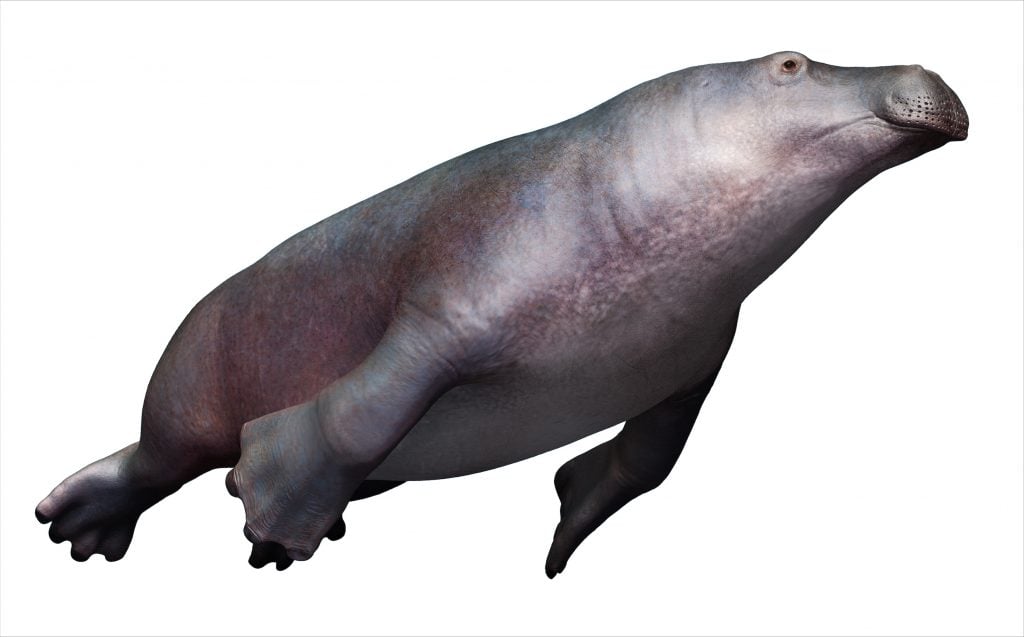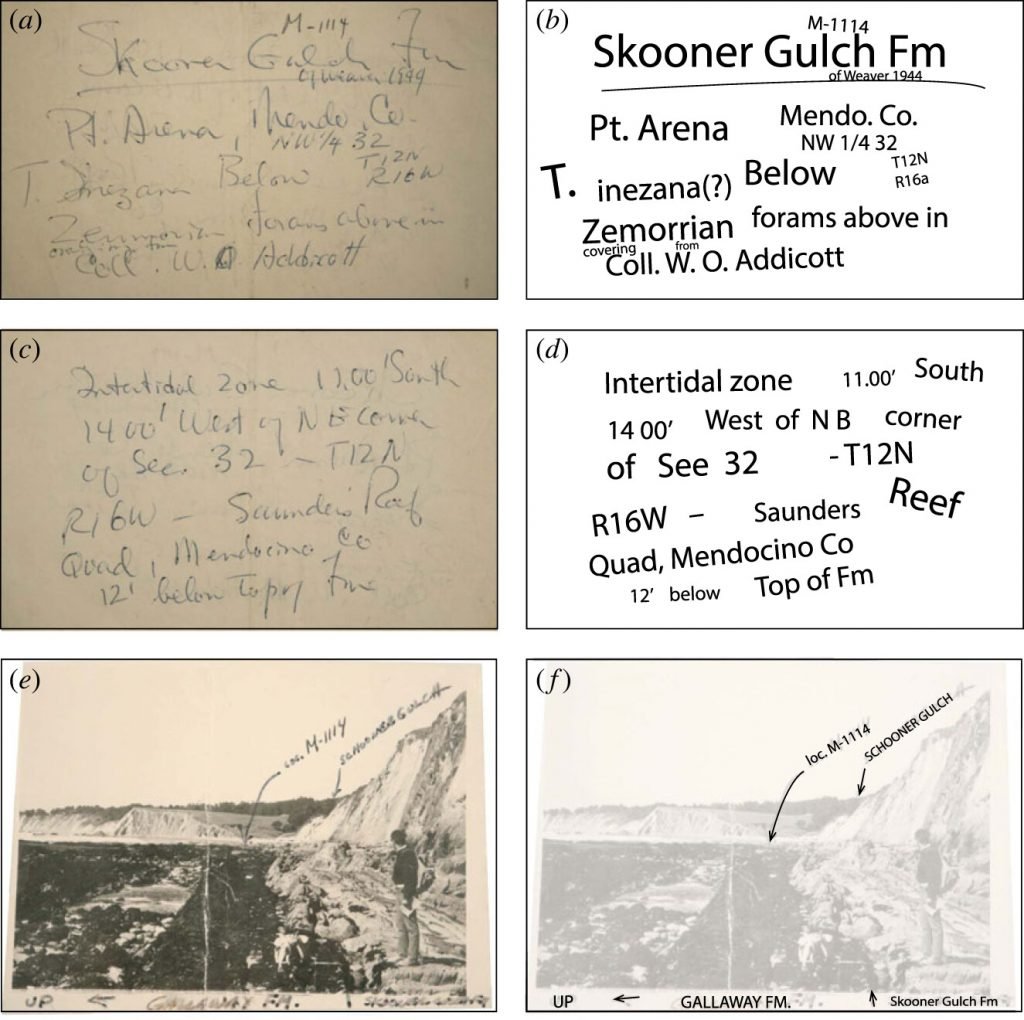A single tooth hidden in a cupboard in the Smithsonian National Museum of Natural History in Washington, DC, revealed new information about Desmostylus, an extinct species of marine mammal with characteristics similar to a hippopotamus.
The tooth, a molar measuring about 2.5 inches by 1.5 inches, was discovered by chance in 2021 by Kumiko Matsui, postdoctoral fellow at the Smithsonian, who found it uncatalogued, but accompanied by handwritten notes and black-and-white photographs. Matsui’s research on the tooth, published by Royal Society Open Science in June 2023, suggests that Desmostylus existed earlier than previously believed and may have originated in western North America.
Besides the size of the tooth – about six times larger than the largest human teeth – one aspect of their structure is intriguing. “The strangest feature of Desmostylus teeth is the pillar-like structure,” Matsui told Artnet News. “When our own teeth, or those of our pets, we can see that they have pointed parts. These pointed parts resemble the pillar-like structures of Desmostylus. However, there are no mammals that have pillar-shaped teeth today, so we don’t have the best analogs to understand how Desmostylus used them for food.

Reconstruction of the desmostyle. Image: K.Matsui/Smithsonian. Institution.
Desmostylus were herbivorous animals which sported short tusks, similar to sea lions, and lived in a range of shallow marine or river environments. So far, most of the Desmostylus fossils found have been dated to the mid to late Miocene period, a time when global climates warmed 23 to 5 million years ago. Matsui’s research places the specimen between 23 and 22 million years ago, making it one of the oldest such fossils ever discovered.
According to fossil evidence, Desmostylus lived on the coasts of the North Pacific, including Mexico, the United States, Canada, Russia, and Japan. According to the handwritten notes, the tooth was found in the 1960s by Warren O. Addicott during one of his expeditions to Schooner Gulch State Park in northern California. This matches specimens on display in museums, many of which have been collected from abundant fossil sites in California.

The original tags, notes and photographs found next to the tooth. Image: courtesy of Kumiko Matsui/Royal Society Open Science.
Much research on Desmostylus has focused on these teeth, which have often been used to tell the species apart. Matsui’s research compares the tooth with other specimens from extinct sailor mammals including Cornwallius sookensis and Desmostylus japonicas.
The question of when precisely Desmostylus first evolved remains unanswered, although Matsui’s research concludes that the pillar-like tooth structure remained more or less unchanged for about 15 million years, earlier than this. which has been demonstrated previously.
“Without realizing it, everyone sees mammalian teeth every day, smile and you’ll see your own,” says Matsui, of a slightly different variety.
More trending stories:
Follow Artnet News on Facebook:
Want to stay one step ahead of the art world? Subscribe to our newsletter to receive breaking news, revealing interviews and incisive reviews that move the conversation forward.
